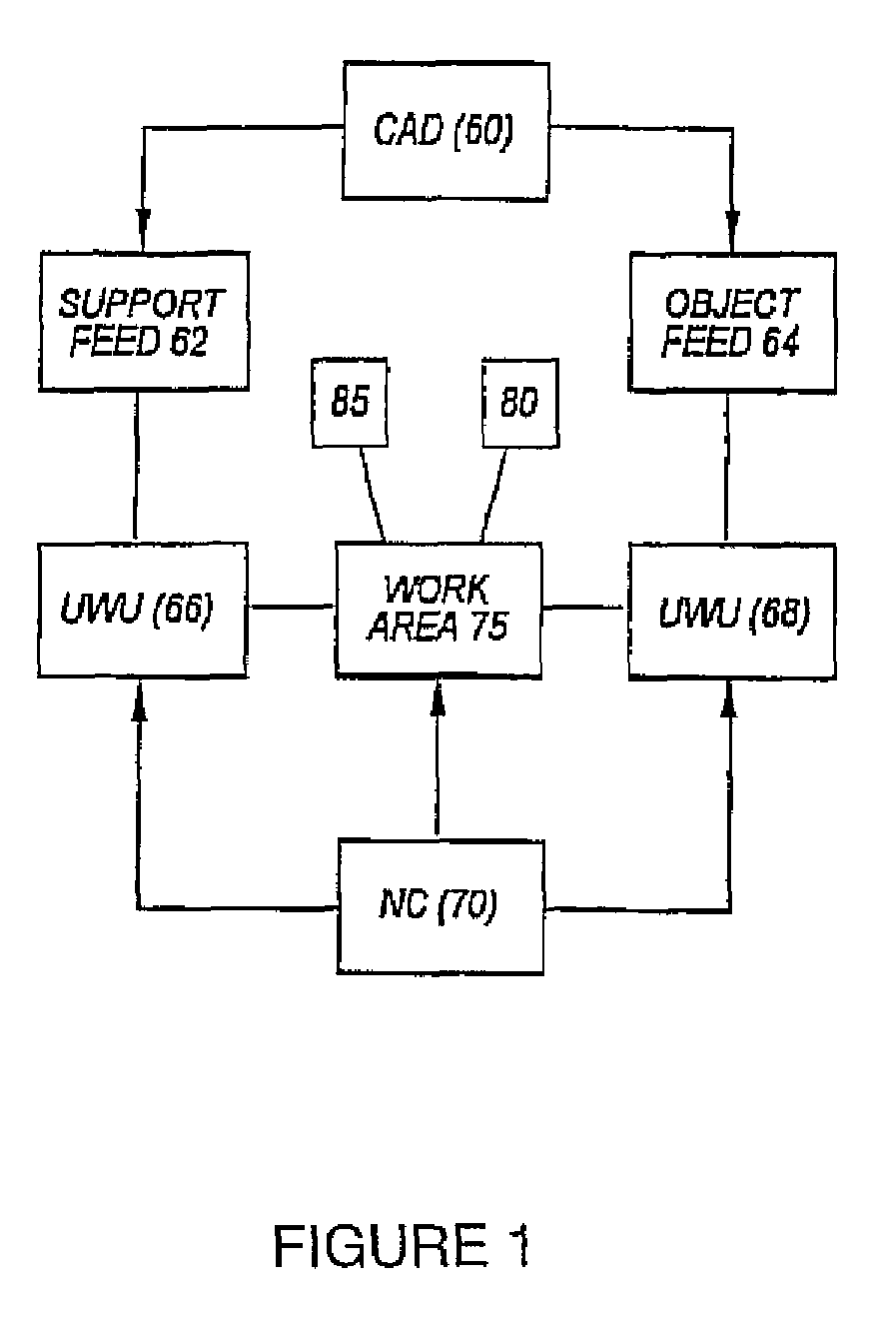Orthopaedic implants fabricated from amorphous or partially amorphous calcium-based metal alloys
a technology of calcium-based metal alloys and orthopaedic implants, which is applied in the field of orthopaedic implants, can solve the problems of high cost of bone growth on the surface of implants using bioactive glass or hydroxyapatite coatings, and loosening of aseptic cells,
- Summary
- Abstract
- Description
- Claims
- Application Information
AI Technical Summary
Benefits of technology
Problems solved by technology
Method used
Image
Examples
Embodiment Construction
[0009]This invention resides in novel alternatives to the use of amorphous metal alloys produced from bio-compatible and / or bio-active materials such as calcium. In the preferred embodiments, medical implants are fabricated using calcium-based metal alloys in the amorphous, or glassy state. While calcium typically corrodes very rapidly, certain calcium alloys form amorphous structures very readily, and these structures are both far stronger and more corrosion resistant than crystalline calcium structures. Such materials may provide improved performance over either bio-active ceramics such as hydroxyapatites, or corrosion-resistant structural metals of the type currently in widespread use. It is possible in accordance with the invention to produce alloys that are both strong and resorbable, allowing bone growth into the implant, and a strong implant during the period of bone redevelopment.
[0010]Amorphous metals typically require very high cooling rates to produce. As a result, the ma...
PUM
| Property | Measurement | Unit |
|---|---|---|
| Electrical resistance | aaaaa | aaaaa |
Abstract
Description
Claims
Application Information
 Login to View More
Login to View More - R&D
- Intellectual Property
- Life Sciences
- Materials
- Tech Scout
- Unparalleled Data Quality
- Higher Quality Content
- 60% Fewer Hallucinations
Browse by: Latest US Patents, China's latest patents, Technical Efficacy Thesaurus, Application Domain, Technology Topic, Popular Technical Reports.
© 2025 PatSnap. All rights reserved.Legal|Privacy policy|Modern Slavery Act Transparency Statement|Sitemap|About US| Contact US: help@patsnap.com

